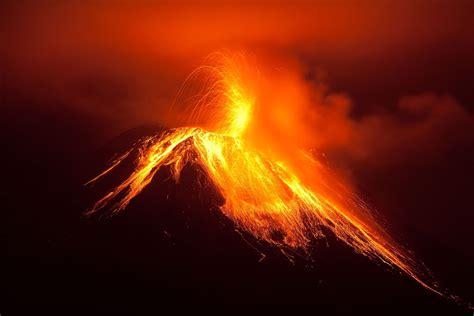Volcanoes are among the most awesome and intriguing structures on our world. They are not merely mountains that spew molten rock—they are nature's vents whereby the Earth is able to express its internal power.
Volcanoes are created when the Earth's mantle magma finds a way out through cracks in the crust. The magma, as it emerges onto the surface, is referred to as lava. As time goes by, when the lava hardens and cools, layers accumulate, giving rise to the tall structures we know as volcanoes.
There are different types of volcanoes—shield volcanoes, stratovolcanoes, cinder cones—each with unique eruption styles. For example, Hawaii’s Mauna Loa is a shield volcano known for its gentle lava flows, while Mount Vesuvius in Italy is a stratovolcano famous for its explosive power.
Volcanoes are crucial in shaping the Earth's surface. They create islands, fertilize soil with nutrients, and even affect the climate. The gases emitted by them, such as sulfur dioxide, temporarily cool the atmosphere, and ash from large eruptions can travel around the Earth.
Though they can be destructive, volcanoes are tightly monitored by scientists. Volcanologists employ seismographs, satellite information, and gas monitors to forecast eruptions and safeguard surrounding populations.
Feared or admired, volcanoes remind us of the dynamic nature of Earth. They demonstrate to us that beneath our feet lies a restless world, one that is constantly remodeling the planet we inhabit.

